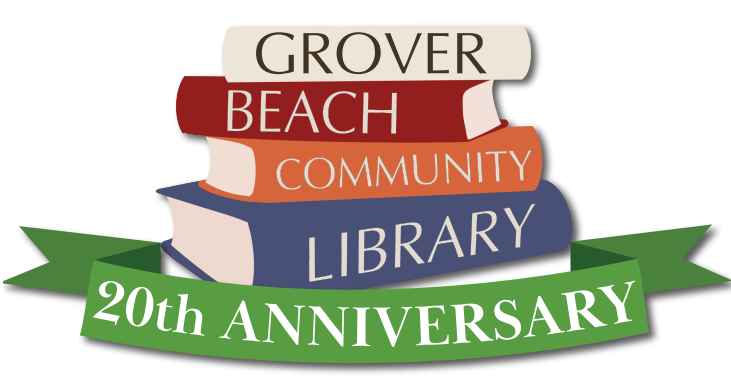Subject: Diversity
The Great Arizona Orphan Abduction by Linda Gordon
In 1904 the United States was inundated with an influx of immigrants from Ireland, Italy, and many other European nations. The Irish were looked down upon by others. People had more children than they had the ability to feed, both legitimate and illegitimate. A group of New York nuns brought forty Irish orphans to a remote Arizona mining camp, to be placed with Catholic families. The Catholic families were Mexican to the dismay of the Anglo’s. A vigilante group took the children away, a ‘trial’ was had, the attendants were sent back to New York. It tells of the “social order” (very confusing) in the area at the time. One of the odd facst is that had the children been raised in NY, most being Irish, they would have been looked down upon at that time, but in Arizona they would have lived with the privileges that came with being considered white.
This book is a paperback and will be put in the book sale.
Dinosaurs Without Bones by Anthony J. Martin
When a large asteroid struck Earth and the dinosaurs disappeared there was a destruction on 80% of life forms. This book is about the diversity of animals afterwards. Birds were a form of dinosaur. But life has a strong sense of survival and adapted to the changes in environment. It still is. It brings up the fact that children who don’t read at an early age have changes in the brain.
This started a discussion that the members agreed — electronic devices have limited the initiative of many modern persons.
The Nature Of Fragile Things by Susan Meissner
This is a well-researched book of historical fiction about an Irish immigrant woman who had to leave Ireland. She could not stand the tenements of New York and became a mail order bride and went to California. Her husband was not what she hoped for. She survived the 1906 earthquake in San Francisco and then moved in with a group of women in similar straights. It is a story of survival.
Our reader wants to read every book that Meissner has written. Discussion was how this and “The Arizona Abduction” book had similar traits, that Irish were looked down upon in New York, but some found a way out.
The Circuit and Breaking Through by Francisco Jiminez
Our reader taught grade school in the valley and saw many students like the author Francisco. Many were there for a very short time. Fortunately, Francisco’s parents managed to stay in the Santa Maria area for many years. He started with a language handicap as all the immigrant children did, but somehow his family prevailed. The Circuit covers the grade school years, while Breaking Through covers high school. Francisco and his elder brother, Roberto, worked evenings and after school in the fields and doing janitorial work to complete their high school degrees. These are short, thoughtful books about the will to achieve.
There are four books about the life of Francisco Jiminez and all are in the Grover Beach Community Library. They were written to encourage young students to prevail. He received a full Hoover Scholarship to Columbia University in New York and taught at the University of Santa Cruz. There is a school in Santa Maria named after Francisco and his brother Roberto, a well-deserved honor.
One reader read several titles that fit the subject. Neuro Tribes: by Steve Silberman; The Girl Who Thought In Pictures by Jessica Finley Mosea; Temple Grandin by Sy Montgomery; Look Me In The Eyes by John Elder Robison; and The Rosie Project by Graeme Simsion (fiction)
Our reader read the first book and went on a roll. After listening to her, we understood. They are about children. We all have brains, but they are not the same. Autism, Asperger Syndrome, and savants are often looked upon as strange because of communication issues. At one time they were thought to be witches. Fortunately, modern methods have allowed us to acknowledge that they aren’t. Communication systems have opened up. Now, we can ‘see’ and appreciate people with these conditions as they should.
The Rosie Project is available at the Grover Beach Community Library in Fiction.
Discussion about people we have known who fit some of these conditions and how they manage to connect with others was enlightening.
A Beautiful Mind: by Brian Grazer
Continued in the genre of the above books.
With seven individuals attending Book Break we ran over our allotted time, but everyone had so much to say we didn’t seem to mind. We should discuss this “problem” next month.
-Fran Strausser
